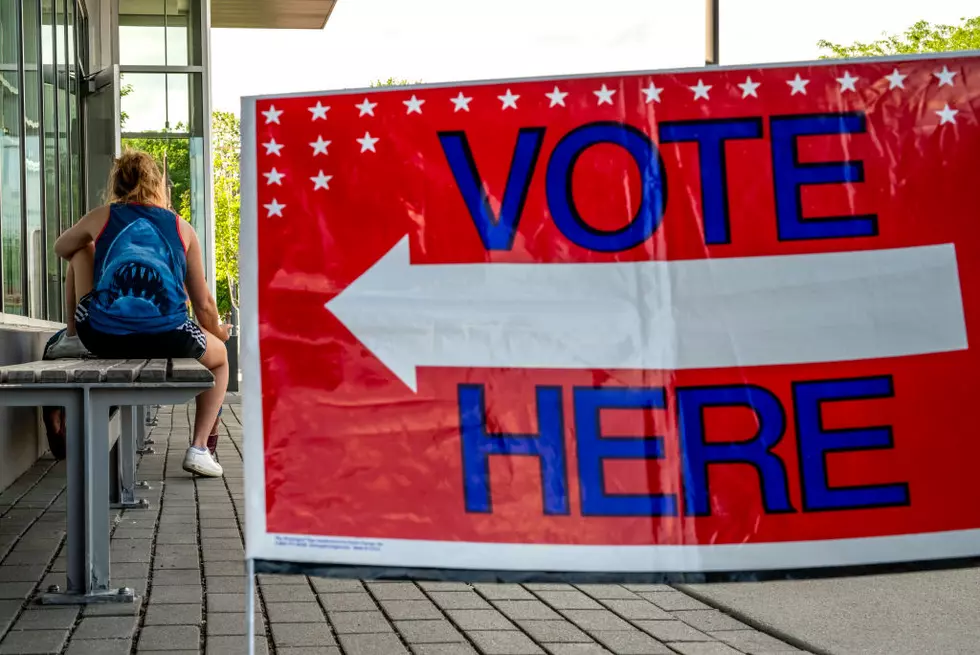
2018 Voter Guide to the Midterms Election
Informational details on what you'll see at the ballot box on November 6.
- Monday November 5: Last day to request an Absentee Ballot
- Tuesday November 6th: Election Day!
- Tuesday November 6th: Absentee Ballot Deadline
- Poll times: 6:00 a.m. and close at 9:00 p.m.
Whos running:
For Governor: The governor heads the government's executive branch in each state or territory and, depending on the individual jurisdiction, may have considerable control over government budgeting, the power of appointment of many officials (including many judges), and a considerable role in legislation.
- Andrew Cuomo/Kathy C. Hochul (Democratic),
- Marc Molinaro/ Julie Killian (Republican),
- Howie Hawkins/Kia Lee (Green)
For U.S. Senate: The citizens of each state elect two Senators to serve 6 years terms. The Senate as a whole has many duties and responsibilities. Some of these include writing and passing laws, approving many presidential appointments, and ratifying treaties with other countries
- Kristen E. Gillibrand (Democratic)
- Chele Chiavacci Farley (Republican)
What’s a Democratic? One of the strongest beliefs of the Democratic Party is that of equality on all fronts. Democrats believe in equal opportunity despite race, religion, gender, or sexual orientation. They also believe in equal educational opportunity for all. (According to republicannews.com)
What’s a Republican? The Republican Party believes in a smaller federal government, which places fewer regulations on the people. They also believe in the state's rights to make their own laws, based on the beliefs of their citizens. (According to repulicannews.com)
What’s Green? A Green party is a formally organized political party based on the principles of green politics, such as social justice, environmentalism. and nonviolence. Greens believe that these issues are inherently related to one another as a foundation for world peace. (According to republicannews.com)
Important Topics:
- Revising State's Redistricting Procedure: The proposed amendment would establish principles to be applied in creating districts, which must be drawn consistently with the requirements of the federal and state constitutions and federal statutes. These principles include:
- No district lines may result in the prohibited denial or abridgment of racial or language minority voting rights. Districts cannot be drawn to have the purpose of or result in the denial or abridgment of such rights.
- To the extent practicable, districts must contain as nearly as may be an equal number of inhabitants. The commission must provide a specific public explanation for any deviation that exists.
- Each district must consist of contiguous territory and be as compact in form as practicable.
- Districts cannot be drawn to discourage competition or for the purpose of favoring or disfavoring incumbents or other particular candidates or political parties.
- Maintenance of cores of existing districts, of pre-existing political subdivisions, and of communities of interest must be considered.
- Permitting Electronic Distribution of State Legislative Bills: satisfy the constitutional requirement that a bill be printed and on the desks of state legislators at least three days before the Legislature votes on it. Under the current provisions of the Constitution, this requirement can only be satisfied by distribution of a physical printed copy.
- The proposal would amend section 14 of Article 3 of the State Constitution. It would provide that a bill will be considered, printed and upon the desks of members of the Legislature if, first, it is set forth in a legible electronic format by electronic means, and, second, legislators are able to review the bill in the electronic format at their desks.
- The proposal would establish that a bill is set forth by electronic, which means when it is sent between computers or other machines designed to send and receive information, the receiving legislators can print the bill if they choose, and the bill cannot be changed without leaving a record of the changes.
- The SMART SCHOOLS BOND ACT OF 2014: authorize the creation of state debt and the sale of state bonds in the amount of up to two billion dollars ($2,000,000,000) to provide money for the single purpose of improving learning and opportunity for public and nonpublic school students in New York.
- To acquire learning technology equipment or facilities including, but not limited to,
- Interactive whiteboards,
- Computer servers, and
- Desktop, laptop, and tablet computers;
- To install high-speed broadband or wireless internet connectivity for schools and communities;
- To construct, enhance, and modernize educational facilities to accommodate pre-kindergarten programs and provide instructional space to replace transportable classroom units; and
- To install high-tech security features in school buildings and on school campuses.
Check Out More Information About This Election HERE! https://www.elections.ny.gov
VOTE VOTE VOTE VOTE !! Its Important to VOTE VOTE VOTE
More From HOT 99.1









